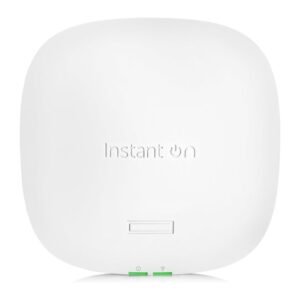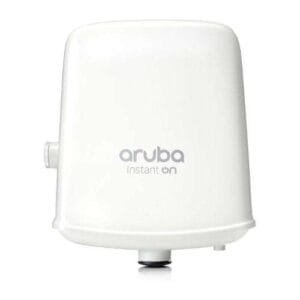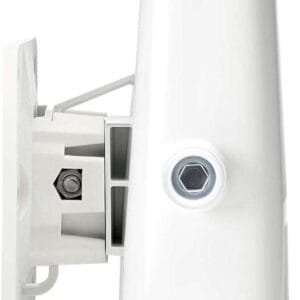$949.00 Original price was: $949.00.$909.00Current price is: $909.00.
$440.00 Original price was: $440.00.$279.00Current price is: $279.00.
$649.00 Original price was: $649.00.$619.00Current price is: $619.00.
$379.00 Original price was: $379.00.$339.00Current price is: $339.00.
$540.00 Original price was: $540.00.$515.00Current price is: $515.00.
$505.00 Original price was: $505.00.$478.00Current price is: $478.00.
$279.00 Original price was: $279.00.$259.00Current price is: $259.00.
$230.00 Original price was: $230.00.$184.00Current price is: $184.00.
$219.00 Original price was: $219.00.$199.00Current price is: $199.00.
$279.00 Original price was: $279.00.$249.00Current price is: $249.00.
$259.00 Original price was: $259.00.$229.00Current price is: $229.00.
$259.00 Original price was: $259.00.$219.00Current price is: $219.00.
The Importance of Access Points in Wi-Fi Connectivity
In today's fast-paced digital landscape, access points are essential for establishing reliable Wi-Fi connectivity, especially in the United States. An access point (AP) is a device that enables wireless devices, such as smartphones, tablets, and laptops, to connect to a wired network, facilitating seamless communication and internet access. As homes and businesses increasingly depend on consistent and fast internet connections, the role of Wi-Fi access points has become vital in enhancing user experience and productivity.
Rising Demand for Access Points in the US
The demand for effective access points has surged in the US due to the rise of remote work, online learning, and the proliferation of smart devices. These devices are crucial links between the internet and various wireless gadgets, enabling users to enjoy stable connections for activities ranging from video conferencing to streaming. By strategically placing access points throughout a space, organizations can eliminate dead zones and ensure comprehensive network coverage, ultimately boosting overall efficiency.
Critical Considerations for Selecting Wi-Fi Access Points
Choosing the right Wi-Fi access point is essential for optimizing network performance. Factors such as range, speed, and compatibility with existing infrastructure should be considered when selecting an AP. Modern access points often support dual-band frequencies, allowing users to connect via 2.4 GHz and 5 GHz bands. This flexibility improves performance and helps manage the growing number of connected devices in homes and businesses, ensuring a smooth and reliable internet experience.
The Future of Access Points
Looking ahead, advancements such as Wi-Fi 6 are transforming the capabilities of access points in the US. Wi-Fi 6 access points offer enhanced features, including greater capacity, improved efficiency, and reduced latency, making them ideal for high-demand environments. By investing in quality Wi-Fi access points, organizations and individuals can future-proof their internet connectivity, paving the way for innovative applications in communication and collaboration. Embracing this technology will enhance connectivity and unlock the full potential of modern wireless networks.


































